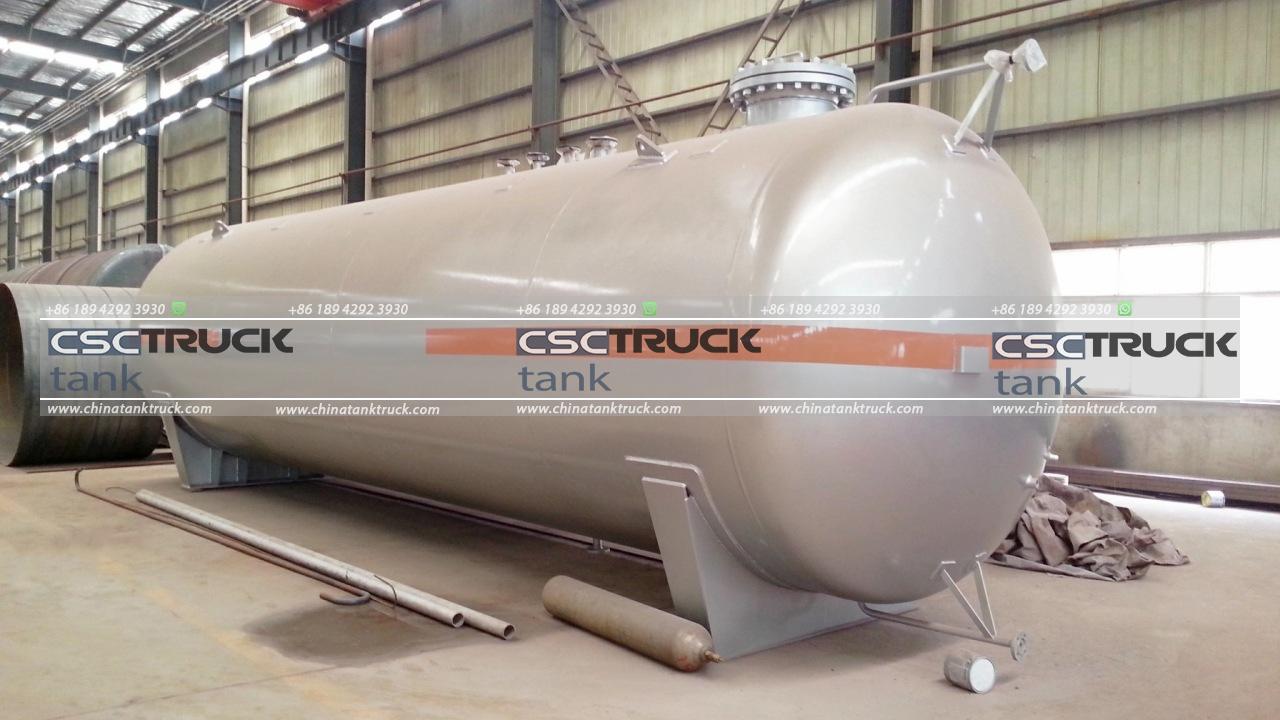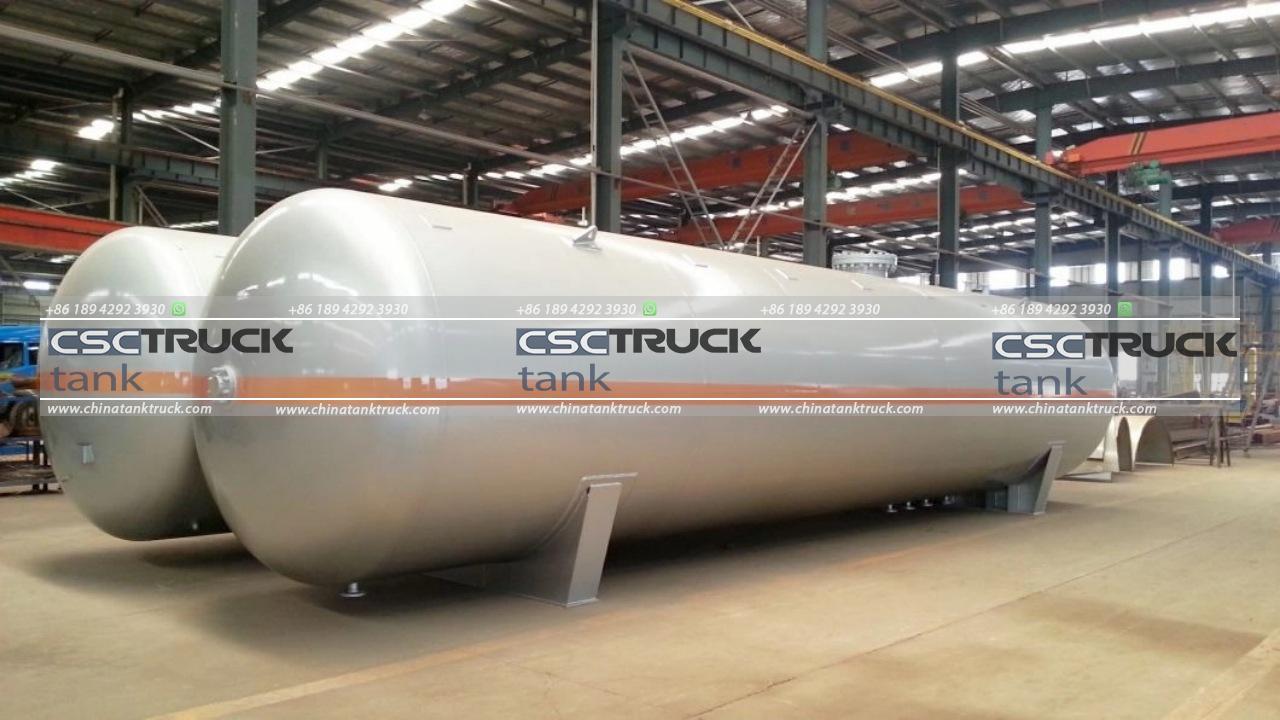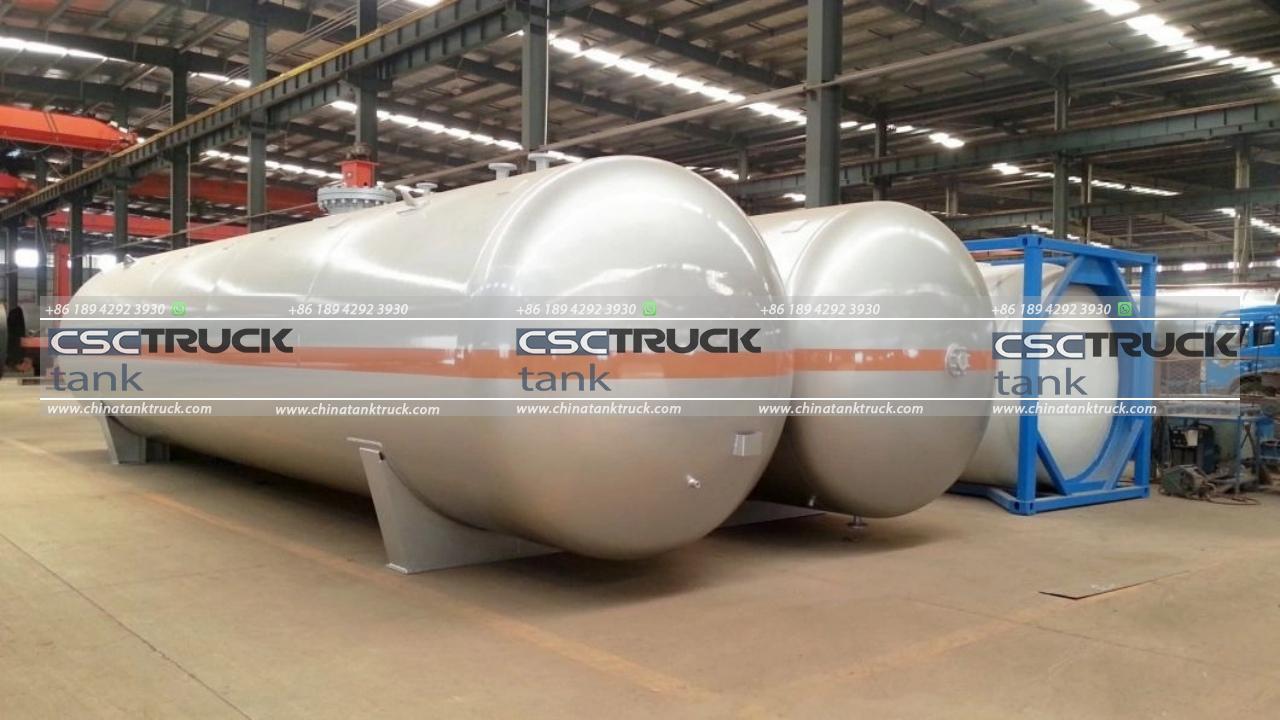What are the Sizes of Hydro Pneumatic Tanks?
Hydro pneumatic tanks, often used in water systems to manage pressure surges and maintain water supply during demand fluctuations, are a key component in many industrial and residential systems. These tanks work by utilizing both water and air pressure, with the air chamber compressed to provide a cushion, allowing the tank to deliver water at consistent pressure levels. One of the most important considerations when selecting a hydro pneumatic tank is its size, as it directly impacts the tank’s efficiency and the performance of the system it supports. This article will delve into the various sizes of hydro pneumatic tanks, the factors influencing their size, and how to choose the right tank for specific applications.
1. What is a Hydro Pneumatic Tank?
Before diving into the sizes, it is essential to understand what a hydro pneumatic tank is and how it functions. A hydro pneumatic tank is a pressure vessel that contains both water and compressed air. The tank is designed to absorb pressure changes, provide water on demand, and reduce the frequency of pump starts and stops, thus prolonging the lifespan of the pump and other system components.
These tanks can be either diaphragm or bladder types, where a membrane separates the air from the water, or they can be plain steel tanks with an air charge that mixes with the water. The primary function of the tank is to maintain consistent pressure in a water distribution system by using compressed air as a cushion. As water is drawn from the tank, the pressure decreases, prompting the system to activate the pump to refill the tank and restore the pressure. The tank’s size plays a crucial role in how well it can perform these tasks.

2. Importance of Tank Size
The size of the hydro pneumatic tank significantly affects the overall system performance. The right size ensures that there is adequate water storage, consistent pressure maintenance, and fewer pump cycles, which can increase the efficiency and lifespan of the system. If the tank is too small, the pump will need to cycle on and off more frequently, causing wear and tear on the system. Conversely, if the tank is too large, it may be inefficient and costly, as the extra capacity might not be necessary.
3. Factors Determining Hydro Pneumatic Tank Size
Several factors influence the size of a hydro pneumatic tank, including:
– Flow Rate: The tank size must accommodate the flow rate of the system. Flow rate is typically measured in gallons per minute (GPM) and refers to the volume of water the system can deliver. The larger the flow rate, the larger the tank required to maintain sufficient pressure without frequent cycling.
– System Pressure: Pressure settings in a system (typically measured in pounds per square inch or PSI) also impact the required tank size. Systems with higher pressure ranges will need larger tanks to provide the necessary cushion for the air and water.
– Pump Capacity: The size of the pump used in the system is another key factor. A larger pump requires a bigger tank to reduce the frequency of pump starts and stops. Systems with high-capacity pumps will demand larger tanks to operate efficiently.
– Desired Drawdown: Drawdown is the volume of water that the tank can supply before the pump needs to turn on again. A larger tank will have a greater drawdown, meaning it can deliver more water between pump cycles. The amount of drawdown required depends on the application, such as for residential or commercial systems.
– System Demand: The overall demand for water in the system, especially in systems with fluctuating or peak usage periods, will dictate the necessary tank size. For example, residential systems may have different peak usage patterns compared to industrial or agricultural systems.

4. Common Sizes of Hydro Pneumatic Tanks
Hydro pneumatic tanks come in a wide range of sizes to accommodate various applications, from small residential systems to large industrial installations. Below are some typical sizes and their applications:
– Small Tanks (2 – 10 Gallons): These tanks are often used in small residential applications or as part of a booster system to provide water pressure in homes with low water supply pressure. They are typically used in systems with low flow rates and pressures and can provide enough storage to minimize pump cycling for a small household.
– Medium Tanks (10 – 50 Gallons): Medium-sized tanks are common in larger residential or light commercial systems. They provide more drawdown capacity, meaning the pump cycles less frequently. These tanks are suitable for systems that serve multiple fixtures or appliances, such as in small apartment buildings, offices, or small-scale irrigation systems.
– Large Tanks (50 – 120 Gallons): Larger hydro pneumatic tanks are typically found in commercial, agricultural, and industrial applications. They can handle higher flow rates and pressures, making them ideal for systems that serve large numbers of users or have significant fluctuations in water demand.
– Extra-Large Tanks (120 – 500+ Gallons): Extra-large tanks are used in high-demand systems, such as municipal water supplies, large agricultural irrigation systems, or industrial applications. These tanks can store significant amounts of water, allowing the system to maintain consistent pressure during peak demand periods while reducing pump cycles to protect the system from wear and tear.
5. Sizing Considerations for Different Applications
When selecting a hydro pneumatic tank, it is crucial to consider the specific application and the system’s requirements. Here are a few examples:
– Residential Systems: In homes, the tank size is generally determined by the number of water fixtures and the overall water usage. For most single-family homes, a tank size of 20 to 40 gallons is sufficient to provide adequate pressure and reduce pump cycling. For homes with high water usage, such as those with multiple bathrooms or irrigation systems, larger tanks (50 to 80 gallons) may be necessary.
– Commercial and Industrial Systems: Commercial applications, such as office buildings, hotels, or factories, require larger tanks to accommodate higher flow rates and more significant fluctuations in water demand. These systems typically use tanks ranging from 50 to 200 gallons or more, depending on the size of the building and the number of users.
– Irrigation and Agricultural Systems: In agricultural systems, hydro pneumatic tanks are often sized based on the irrigation system’s flow rate and the size of the fields being irrigated. These systems usually require large tanks (100 to 500+ gallons) to ensure consistent pressure during peak irrigation periods.

6. Conclusion
Choosing the right size hydro pneumatic tank is critical to the performance and efficiency of a water system. By selecting a tank that matches the system’s flow rate, pressure, pump capacity, and demand, users can ensure optimal performance, reduced pump cycling, and a longer system lifespan. Hydro pneumatic tanks come in a variety of sizes, from small residential tanks to large industrial units, making it essential to carefully evaluate the system’s requirements to make the right choice.

